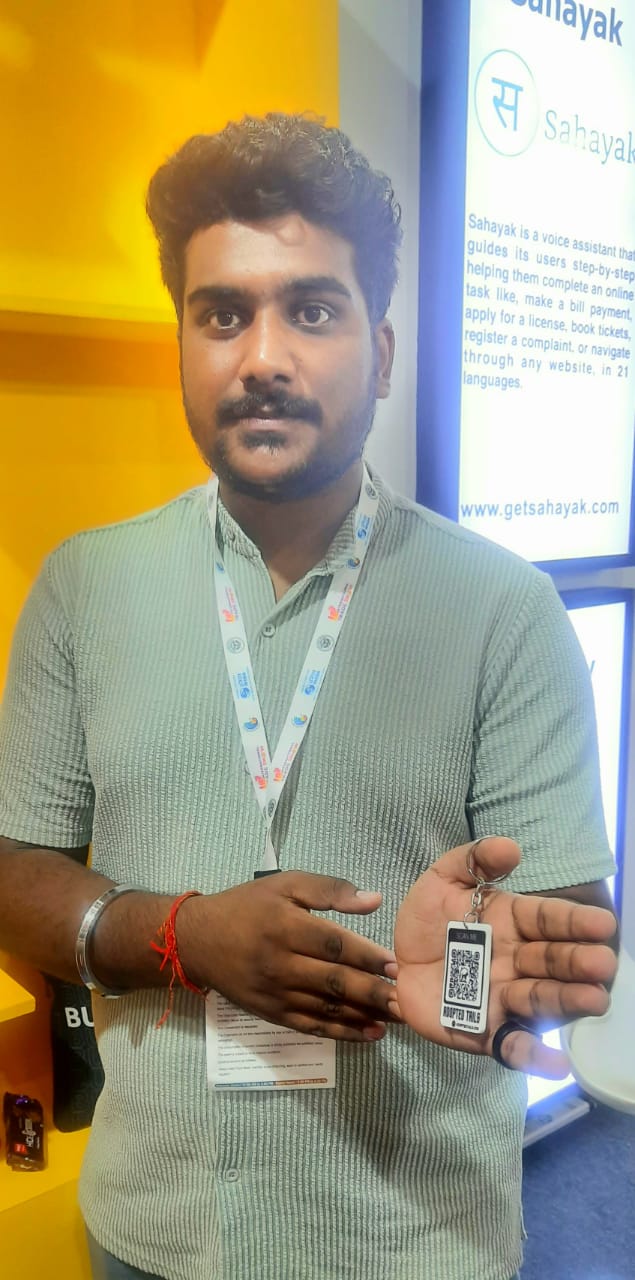Established in 1992, SCANTECH pioneered the use of low-energy X-ray transmission technology for measuring lightweight materials. With an impressive global presence, SCANTECH has deployed over 8,000 scanners across various production lines worldwide. These encompass a wide range of applications, including extruded films, non-woven fibers, lamination and coatings processes, and metals.
Maintaining a steadfast commitment to innovation, SCANTECH remains at the forefront of the global technology market for online measurement and control systems. They include X-ray, laser, infrared, and microwave technologies, along with advanced visual inspection tools. The company continually expands its offerings by integrating cutting-edge technologies such as laser triangulation, ergonomic user interfaces, and automatic calibration.
Talking to The Interview World at Paperex, Dinesh Thakur, Sales Head, highlights how SCANTECH’s X-ray technology is elevating the standards of quality, calibration, and measurement for lightweight materials.
Q: Tell us about your products and company.
A: Founded in 1992 by two scientists in France, SCANTECH has been a prominent player in the technology industry for the past three decades. As we celebrate our 30 years of expertise, we are thrilled to unveil our latest technology innovations at Paperex. Here, we are introducing cutting-edge sensors and scanners tailored for the pulp and paper sector.
Beyond the realm of paper, our diverse technology product range extends to various applications, including plastics, rubber, glass, and non-woven textiles. With a global footprint, we have deployed over 8,000 systems worldwide, solidifying our commitment to delivering high-quality technology across industries. Moreover, our focus on continuous innovation helps us surpass our competitors.
Q: What’s the USP of your products?
A: Our products boast a distinctive feature embedded in the utilization of patented technology. Unlike conventional methods that rely on beta, we employ X-ray technology. While the standard approach involves the use of Krypton-85 for measuring the GSM of paper, we have innovatively incorporated X-ray. This patented X-ray technology has set our products apart. Furthermore, the sensor technologies are an icing on the cake.
Q: How do you see the growth of the paper industry in the country?
A: Certainly, I observe a phenomenal growth trajectory for the paper industry. Despite the rising prominence of digital media, the demand for paper is consistently increasing every day. Again, the noteworthy aspect is the substantial presence of people and a thriving crowd in this industry. Moreover, there is a remarkable expansion underway. Besides, packaging is outperforming newsprint in terms of growth. In summary, the overall outlook for the pulp and paper industry appears quite positive.
Q: Explain how your technology works.
A: Our online system is seamlessly integrated into manufacturing plants. It caters to several applications including tissue paper, writing and printing paper, crepe paper, and bold paper. Tailored to specific needs, our technology uses sensors including basis weight, moisture, caliber, and ash sensors, each serving a distinct purpose. Operating continuously, throughout the year, these sensors play a crucial role in measuring and controlling properties within the paper industry. Furthermore, our technology is indispensable for quality control and calibration, ensuring consistent and high standards across the board.
Q: Are you using AI in the automation process?
A: In essence, while we may not be entirely reliant on artificial intelligence (AI), contemporary technologies heavily incorporate data science. The system extensively captures data for subsequent analysis, and our ongoing efforts aim to seamlessly integrate into various system functionalities. Consequently, a portion of AI is actively employed in our processes.
Q: How do you see AI increasing efficiency in the organizations focused on your product lines?
A: Within our product lines, a crucial aspect involves scrutinizing the contributions made by our customers to their clientele. When there exists a potential for returns due to issues such as rejection or quality-related parameters, it becomes imperative to conduct a thorough analysis. Leveraging the power of AI and data science opens up significant possibilities for effectively addressing these concerns.









